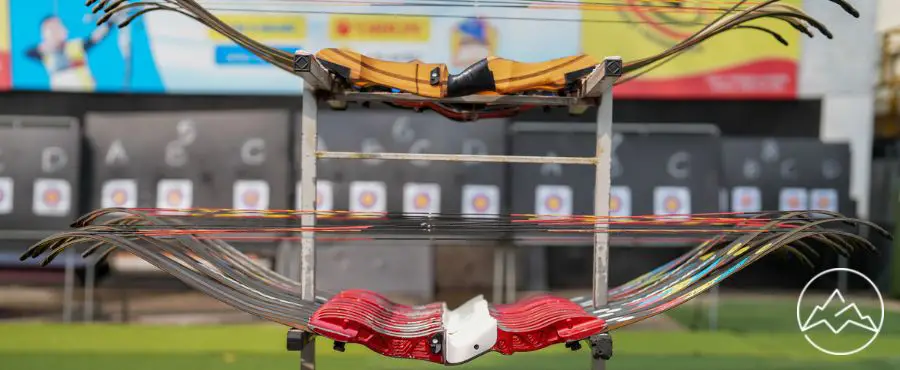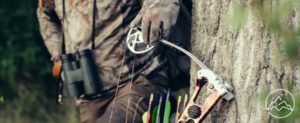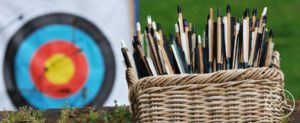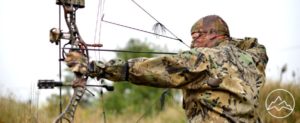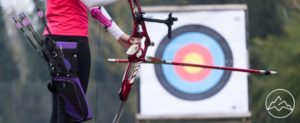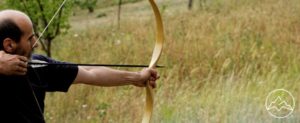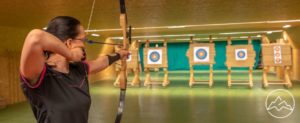Compound bows are marvels of engineering, designed to deliver unparalleled accuracy and power. However, to unlock their full potential, precise cam timing is essential. Cam timing refers to the synchronization of the cams’ rotation, which directly affects the bow’s performance and accuracy. It is a critical factor that can make or break the shooting experience.
Optimizing cam timing is a meticulous process that demands attention to detail and a keen understanding of the bow’s mechanics. It involves ensuring that both draw stops make contact simultaneously, which is crucial for consistent arrow release. However, relying solely on visual inspection is unreliable. Therefore, the use of a draw board is recommended to accurately assess cam timing.
Moreover, cam lean, the difference in angles between the cams and the vertical plane of the bow, must also be considered. Imbalances in cam lean can create tension issues, affecting the bow’s overall performance. Regular inspection and adjustment of cam timing and cam lean are necessary to maintain optimal performance.
In this article, we will explore the importance of cam timing, its impact on compound bow performance, and the techniques for adjusting cam timing. By understanding and optimizing cam timing, archers can unleash the full potential of their compound bows and elevate their shooting experience to new heights.
Key Takeaways
- Cam timing and cam lean are important aspects of owning a compound bow.
- Testing cam timing and cam lean should be done using a draw board or other reliable tools, rather than relying solely on visual inspection.
- Both single cam and dual cam bows require proper timing for optimal performance and consistency.
- Adjustments to cam timing and cam lean can be made using a bow press and should be done carefully and incrementally to avoid over-adjustment.
What is Cam Timing?
Cam timing refers to the synchronization of the rotation of the cams on a compound bow, and it plays a crucial role in determining the bow’s performance and accuracy. Visual inspection is commonly used to test cam timing, but it has its limitations. While it can provide a basic indication of synchronization, it is not the most reliable method. A more accurate way to test cam timing is by using a draw board. A draw board allows for a slower draw rate, making it easier to assess cam timing by examining the draw stops. By checking if both draw stops make contact at the same time, one can determine if the cam timing is optimal. This method provides a more precise evaluation and allows for adjustments to be made if necessary.
Importance of Cam Timing
Synchronization of the rotation of a compound bow’s cams is crucial for achieving consistent and accurate results, as any deviations in cam timing can lead to diminished performance and compromised shooting experience.
- Inconsistent cam timing can adversely affect accuracy and consistency, causing arrows to veer off target and leading to frustrating shooting experiences.
- Proper cam timing ensures that the cams work together harmoniously, maximizing the bow’s performance potential and optimizing arrow speed and energy transfer.
- Cam timing plays a significant role in minimizing string torque and hand shock, resulting in a smoother and more comfortable shooting experience.
- By maintaining precise cam timing, archers can achieve tighter arrow groups and improved overall accuracy, enhancing their confidence and enjoyment of the sport.
Cam timing is a critical factor in optimizing bow performance and achieving accurate and consistent results. It directly influences accuracy, consistency, and shooting comfort, making it essential for archers to regularly inspect and adjust cam timing to ensure optimal performance.
Adjusting Cam Timing
To make adjustments to the timing of a compound bow’s cams, archers can utilize a bow press and manipulate the bowstring or cables, depending on the type of cam system in use. For a single cam bow, the bowstring can be twisted or untwisted while in a bow press to adjust the cam timing. It is essential to recheck the timing and test the bow after making adjustments to ensure optimal performance. On the other hand, dual cam bows require adjustments to be made to the cables. The bowstring should be put in a bow press, and the cables can be twisted or untwisted to achieve perfect timing. It is crucial to repeat the process until both cams are synchronized. If troubleshooting cam timing issues, a draw board can be used to slow down the draw rate and examine the draw stops for proper contact. This tool provides a more accurate assessment of cam timing compared to visual inspection. Regular inspection and adjustment of cam timing are necessary to maintain accuracy and consistency in compound bow performance.
Frequently Asked Questions
Can cam timing be adjusted without using a bow press?
Adjusting cam timing on a compound bow without a bow press is not recommended due to the precision required for optimal performance. However, in certain cases where a bow press is not available, some troubleshooting tips can be attempted. These include using a wooden dowel or a substitute to apply pressure to the bowstring, carefully twisting the string or cables, and observing if the draw stops make simultaneous contact. It is important to note that these methods may not yield accurate results and a bow press is still the preferred tool for adjusting cam timing.
How often should cam timing be checked and adjusted?
Proper cam timing is of utmost importance for optimal performance in compound bows. Regularly checking and adjusting cam timing ensures accuracy and consistency. To check cam timing, draw stops should make contact simultaneously, preferably using a draw board for a more accurate assessment. Adjusting cam timing on a single cam bow requires a bow press to twist or untwist the bowstring or cable, while on a dual cam bow, the cables need to be adjusted. Care should be taken to avoid over-adjusting and causing the string to jump off the cam rail.
Are there any indicators or signs that suggest cam timing needs to be adjusted?
Signs of cam timing adjustment can be observed through inconsistencies in arrow flight, reduced accuracy, and uneven draw stops. Proper cam timing is crucial for optimal bow performance as it affects the synchronization of the cams’ rotation and tension balance. Adjusting cam timing ensures consistent arrow flight, improved accuracy, and better overall performance. Regular inspection and adjustment of cam timing is essential to maintain the bow’s performance and ensure consistent results.
Can cam timing issues be fixed by simply replacing the cams?
Cam timing issues cannot be fixed by simply replacing the cams. Troubleshooting techniques for cam timing involve adjusting the bowstring or cables using a bow press. Cam timing plays a crucial role in arrow flight accuracy as it affects the synchronization of the cams’ rotation. Improper cam timing can lead to accuracy and consistency problems. It is important to regularly inspect and adjust cam timing to ensure optimal performance of a compound bow.
Are there any specific tools or equipment recommended for adjusting cam timing on a compound bow?
When it comes to adjusting cam timing on a compound bow, there are alternative methods to using a bow press. DIY cam timing adjustments can be made using specific tools or equipment. One such alternative to a bow press is the use of a cam timing tool, which allows for precise adjustments of the cams’ rotation. Additionally, the use of a string separator tool can aid in making small adjustments to the bowstring or cable without the need for a bow press. These tools provide a practical solution for those looking to adjust cam timing without professional assistance.
Conclusion
In conclusion, optimizing cam timing is crucial for achieving optimal performance in a compound bow. Cam timing refers to the synchronization of the cams’ rotation, which directly impacts the bow’s performance and accuracy. Proper cam timing ensures that both draw stops make contact simultaneously, leading to improved performance. Visual inspection alone is not reliable, and the use of a draw board is recommended for accurate assessment. Adjustments can be made using a bow press, and regular inspection and adjustment are necessary for maintaining peak performance. Remember, precision and attention to detail are key in achieving the perfect shot.

